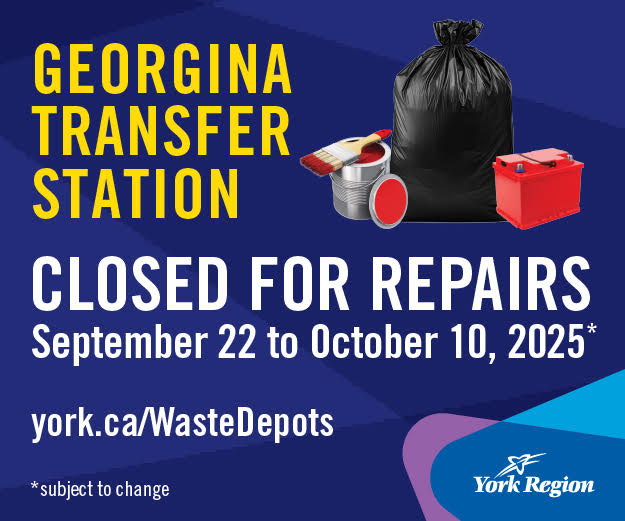
OTTAWA — In Canada’s largest city, raw sewage flows into Lake Ontario so often, Toronto tells people they should never swim off the city’s beaches for least two days after it rains.
Across the country in Mission, B.C., a three-decade-old pipe that carries sewage under the Fraser River to a treatment plant in Abbotsford is so loaded operators can’t even slip a camera inside it to look for damage. If that pipe bursts, it will dump 11 million litres of putrid water from area homes and businesses into a critical salmon habitat every day it isn’t fixed.
While climate change is dominating the environmental conversations leading into the federal election campaign, politicians who show plans to stop the dumping of toxic, feces-laden sludge into Canada’s waterways will be very welcome, particularly by the municipal governments for whom the problem is a daily fight.
Mission Mayor Pam Alexis said she is “absolutely hopeful” wastewater will become an election issue, as her city races against time to keep its pipe from bursting.
The Conservatives and the Greens have both promised to end sewage dumping, though neither party has said exactly how. The NDP is promising a national freshwater strategy, building on a private member’s bill introduced by Essex, Ont., MP Tracey Ramsey in April. Part of that bill calls for an evaluation of Canada’s wastewater infrastructure in light of the impact of climate change.
The Liberals have not yet released their environment promises. In government, they set aside $2 billion for water and wastewater infrastructure, and since 2016 have approved $1.5 billion for 1,452 projects, everything from new sewers and lagoons to treatment-plant upgrades and dam repairs.
Conservative environment critic Ed Fast said his party’s plan will involve infrastructure programs.
“All I can say is that a Conservative government will place a higher priority on addressing this very critical problem for our environment than the Liberals have placed on it,” Fast said. “We continue to see significant amounts of raw sewage being dumped into our waterways and that has to stop. The status quo is no longer acceptable.”
Environment Canada says between 2013 and 2017, more than one trillion litres of untreated wastewater are known to have leaked or been purposely dumped. The department says 2018 data isn’t ready for release.
The actual amount is higher because although Environment Canada requires municipalities to monitor and report how much untreated waste goes into waterways, many still don’t.
Often, that happens in communities with older systems that carry household waste and stormwater in the same pipes; when rain or a lot of melting snow overwhelms such systems, they’re usually designed to vent the diluted sewage into the nearest waterway.
In 2012 the Conservatives set tough new standards for treating wastewater, which take effect between 2020 and 2040 for different types of systems.
The Federation of Canadian Municipalities estimates the cost just to meet those standards is close to $18 billion. It would cost even more to fix city sewer systems so they aren’t constantly leaking raw wastewater when it rains.
Last fall Toronto started a $3-billion wastewater system project intended to stop raw sewage from leaking when it rains. City water department officials say it will take until 2038 to finish if Toronto has to fund it all alone. If the province and federal government agree to help it can be completed in 2030, keeping billions of untreated waste out of Lake Ontario.
Toronto says in 2018 more than 7.1 billion litres of raw sewage leaked into Lake Ontario and other waterways, because the combined sewer and storm water system can’t handle the capacity during rainstorms.
The City of Ottawa says it’s a year away from finishing a giant underground tunnel meant to contain sewage overflows in all but the most extreme cases. The four-year project is costing more than $230 million and it’s only part of a decade-long effort. Montreal notoriously dumped eight billion litres of sewage into the St. Lawrence River in 2015, just after the last election, because a major pipe needed repairs and there was nothing else to do with the waste.
Mayor Alexis in Mission says the cost of her city’s pipe-replacement project ballooned from $8 million to $32 million, in large part because of delays and additional requirements put on the project during the permitting process. The federal government agreed to contribute half the original cost, but the city has had to reapply for more money and is still waiting, almost a year later, for a response.
Alexis says the sewer pipe is also about affordable housing, an issue all major parties know is key for Vancouver-area voters. Alexis said Mission is one of the last Lower Mainland communities where housing isn’t overly expensive, and its population has grown 25 per cent in less than a decade. But without a new sewer pipe that growth has to stop, she said, which is driving up home prices there, too.
Mia Rabson, The Canadian Press
- September 24, 2025 Issue - September 26, 2025
- September 10, 2025 Issue - September 10, 2025
- August 24, 2025 Issue - August 28, 2025










































